After years of planning and negotiation, Calgary’s newest, and most unique addition to the Plus 15 Skyway system is wrapping up.
The Skyway is an extensive pedestrian skywalk system that runs more than 16 km with dozens of bridges. It gets its name from being 15 feet above the streets.
The latest bridge, which is the only privately-owned portion of Plus 15 has a complex history. The redevelopment of its former Canada Post site occurred from 2006 through to 2010 while the actual bridge design was completed in 2007. Morguard Real Estate Investment Trust purchased the site from the previous owners in December 2011. Acquiring the site also meant fulfilling promises to build the bridge.
But before construction could begin, Morguard had to reach an agreement with Gulf Canada Square, Calgary Parking Authority, CP Rail and the City of Calgary who all wanted to ensure access to their facilities and long-term maintenance of the bridge. The parties also wanted to approve the design.
“It was painful, and part of that was getting the lawyers to agree,” said Frank Guigovaz, general manager of operations for Morguard Investments Ltd. “It is over private property, and because it’s a private bridge, the people from Gulf Canada Square wanted to know that we were going to manage it from the highest standard – equal to, if not better than what the Plus 15 system in Calgary is managed to.”
Negotiations for the four-party agreement started prior to Morguard’s ownership but continued in 2012. The agreement was officially signed in January 2018. The bridge’s actual construction began in March 2018. The bridge opened to pedestrian traffic on July 29, 2019 and is in the final phase of completion.
Construction in Calgary’s busy downtown core posed its own challenges.
Brian Nielsen, an owner’s representative at Concept Consulting, explained that before the bridge could be built, construction crews had to relocate water and sanitary lines that ran exactly where the main pier and pile cap ran.
“So, we had to go in there and reroute those first, and that was a pretty onerous job because they had to drill under Gulf Canada Square and meet in the street at the municipal lines,” he said.
And with no laydown area, all material deliveries had to be coordinated to site as needed.
The site also had to maintain access to various areas and deal with heavy traffic.
“It was an extremely difficult build because we have a fully functioning parkade entrance we have to maintain, so we couldn’t close down the parkade access,” said Jordan Highton, superintendant for EllisDon. “So, you’re erecting a steel structure and pouring concrete pillars around a functioning parkade. It’s also on one of Calgary’s busiest streets downtown, so you also have the pedestrian foot traffic, it’s surrounded by office buildings, so you have all that interaction with the public as a huge challenge.”
Crews also had to be mindful of a street-level entrance to CP Rail’s railway shed.
“From a public safety perspective and a worker perspective, and the logistics of tying into two existing buildings that were built 30 years apart from each other, there were some real logistical challenges with putting this structure up,” Highton said.
When it came time to erect the steel, the project team had to consider the bridge’s camber or else pieces would fail to align. As camber started to come out of the bridge, it wedged itself against the concrete abutments, which stops the bridge from rolling over. This meant that all the vertical steel columns had to be started out of plumb. As more weight was added to the building, they would eventually start to become plumb.
“It basically meant figuring out how far east and west each column had to be leaning to make the final connection,” said Highton. “That was a huge challenge and we had to lean heavily on our steel contractor as there wasn’t really a formula you could use to do it. Thankfully the foreman onsite had 30 years of experience and got it dead on which is a big deal as we would have erected all this steel and not been able to make the final connection had we not gotten that number right.”
But for all its challenges Giugovaz believes the benefit the bridge brings to the city is worth it. It provides shelter to pedestrians walking between buildings, connects to Gulf Canada’s food court, and creates areas for people to meet.
“The Plus 15 in Calgary is a meeting place for a lot of people,” said Giugovaz. “There are lots of people on coffee breaks in Plus 15s so it’s a real social place too. We know that when large companies move out of the downtown core, their sales guys feel out of the loop because they aren’t connected to the core, they aren’t connected to the Plus 15 system.”





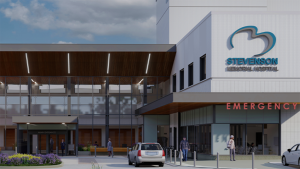

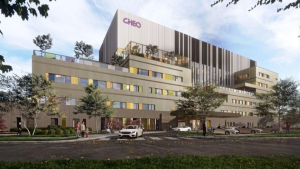
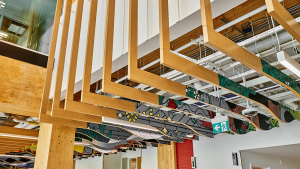
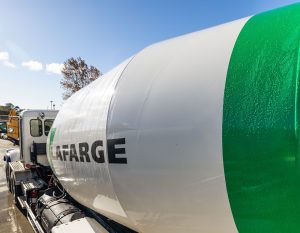
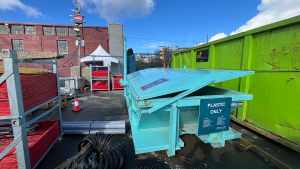
Recent Comments
comments for this post are closed